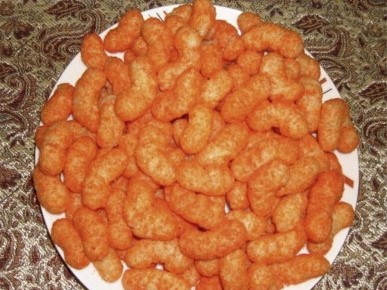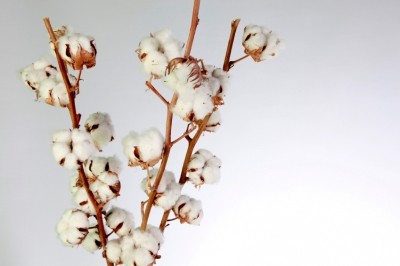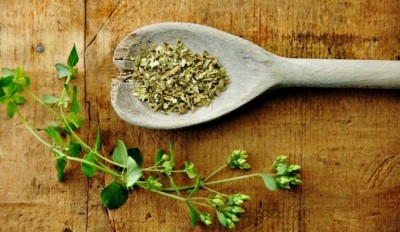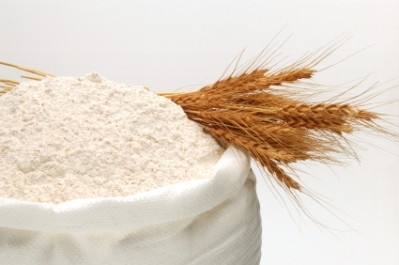Bread mold delayed with prawn by-product chitosan, find Teagasc researchers
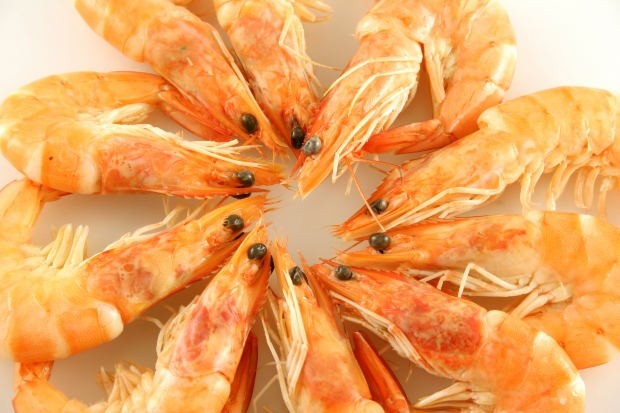
Findings published online ahead of publication in the Journal of Agricultural and Food Chemistry said that replacing 1% of flour with chitosan could held bread withstand mold for three days at 30°C in an incubator compared to just one day for control bread.
“Chitosan bread was made with the potential to extend the shelf life of bread without adversely affecting the taste and structure of bread,” said the article by Lafarga et al. at Teagasc.
“These results showed that the inclusion of chitosan (1%) into bread formulations produced a slight decrease in loaf specific volume but has no significant effect on the overall quality or acceptance of bread.”
Previous studies had suggested that adding chitosan to bread produced a much darker color, but the Teagasc researchers found no significant variations compared to a control loaf. The texture was also said to be largely unchanged.
Preventing rope spoilage
The researchers tested chitosan bread compared to a control loaf in an incubator at 30°C to recreate conditions conducive to rope spoilage.
Rope spoilage, the most common bacterial decomposition of bread, typically occurs under warm conditions, which allow the dangerous bacterium Bacillus cereus to grow.
The researchers found that chitosan was twice as effective at delaying rope spoilage in bread compared to a standard loaf.
With the daily trip to the bakery no longer the norm and the industry making efforts to limit use of shelf-preserving additives, chitosan could prove a natural alternative.
Chitosan bread health benefits
Chitosan has been added to bread formulations before and has been suggested to produce some positive health effects.
A 2003 study by Ausar et al. found that chitosan-containing bread decreased LDL-cholesterol in type 2 diabetics. Kerch et al. 2010 also said that chitosan breads had a higher content of antioxidants in the crust compared to non-fortified bread.
Source:
J. Agric. Food Chem., Just Accepted Manuscript
DOI: 10.1021/jf402248a
'Chitosan-containing bread made using marine shellfisheries byproducts: functional, bioactive and quality assessment of the end product’
Authors: Tomas Lafarga, Emeir Gallagher, Desmond Walsh, Juan Valverde, and Maria Hayes
